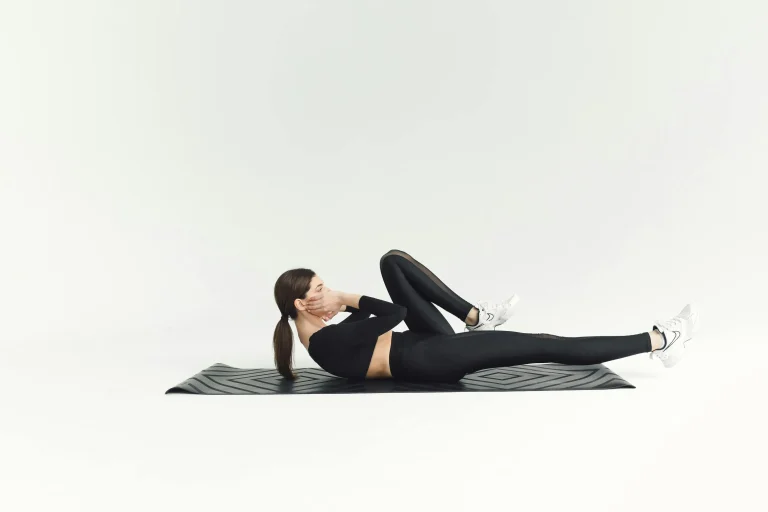Strength training—also known as resistance training or weight training—is a form of exercise designed to build muscle strength and endurance. It uses resistance such as bodyweight, dumbbells, barbells, or machines to challenge the muscles. Beyond building strength, this type of training can boost metabolism, improve posture, support bone health, and enhance overall fitness.
Fitness
Push Limits. Crush Every Goal.
Fitness is the key to building strength, improving endurance, and creating a healthier lifestyle. Regular exercise not only supports weight management but also boosts energy, reduces stress, and improves overall well-being. From strength training and cardio workouts to flexibility exercises and recovery tips, fitness is about finding a routine that works for you and sticking with it.
In this section, you’ll find trusted information on workout plans, exercise techniques, home workouts, gym training, and fitness motivation to help you achieve your goals. Whether you’re just beginning your fitness journey or looking to take your training to the next level, our expert tips and resources will guide you toward a stronger, healthier, and more active life.
Make fitness a sustainable part of your lifestyle—and enjoy the long-term benefits of moving your body with purpose.
FREQUENTLY ASKED QUESTIONS
KEY TERMS
Strength training—also known as resistance training or weight training—is a form of exercise designed to build muscle strength and endurance. It uses resistance such as bodyweight, dumbbells, barbells, or machines to challenge the muscles. Beyond building strength, this type of training can boost metabolism, improve posture, support bone health, and enhance overall fitness.
Cardiovascular exercise, or cardio, refers to activities that raise your heart rate and improve heart and lung health. Examples include running, cycling, swimming, and brisk walking. Cardio helps burn calories, increase endurance, reduce stress, and support heart health, making it an essential part of any well-rounded fitness routine.
Flexibility training includes exercises like stretching and yoga, which increase the range of motion in your muscles and joints. Improved flexibility can help reduce the risk of injuries, ease muscle tension, and enhance performance in both strength and cardio workouts. Practicing flexibility exercises regularly also supports mobility and recovery.
HIIT involves alternating short bursts of intense exercise with periods of rest or lower-intensity movement. These workouts are typically shorter but highly effective for burning calories, boosting endurance, and improving cardiovascular health. HIIT can be done with bodyweight moves, cardio, or strength training, making it a versatile workout option.















